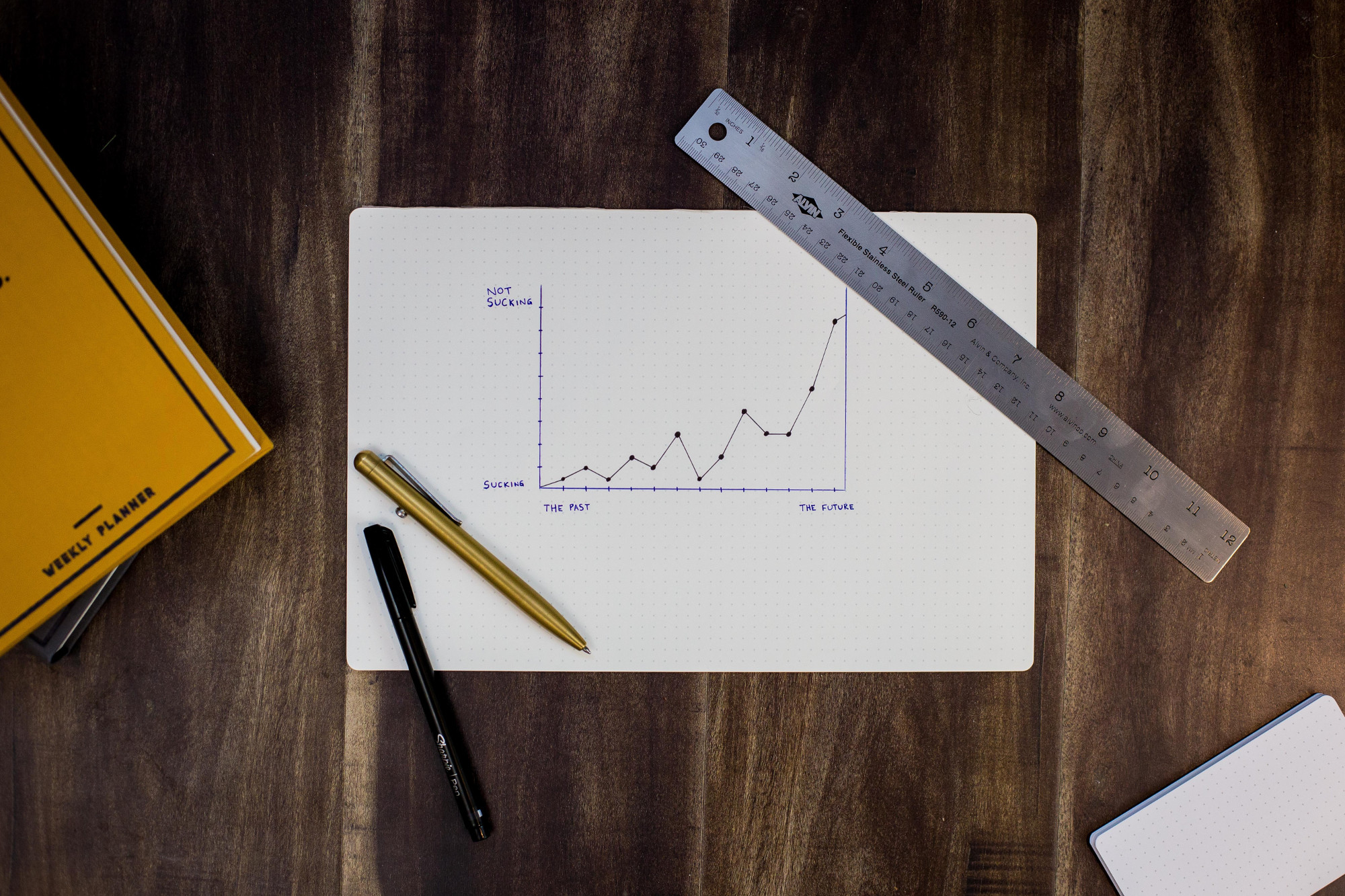
OEE – Equipment Effectiveness in practice
OEE is an indicator that forms the basis of the study of production by TPM, or Total Productive Maintenance – one of the methods of Lean Management. The full development of the name is Overall Equipment Efficiency.
Table of Contents
- Which meters to choose?
- Knowledge of owned indicators available to the entire team
- Identify losses in the production process
- Calculate each of the components of the OEE indicator!
- Summary
1. Which meters to choose?
Using three, detailed metrics, it is possible to diagnose the performance of equipment in a company. Availability, productivity and quality are the components that comprehensively measure overall efficiency. OEE is used only to evaluate the effectiveness of the tangible elements of production, and does not refer to how the team works.
Do you think your shop’s production line is efficient and the products produced satisfactorily meet customer criteria for the most part? Let’s try to assess objectively whether the efficiency of your company’s equipment approaches the ideal. A very good OEE result is about 80% utilization of the full potential of the equipment. A typical OEE level in industry is about 60%, and if this value falls below 60% the OEE level is unsatisfactory and work should be done to raise it. The benchmark for companies improving their production process is 85% OEE. This is the level to strive for, it is achieved by world-class companies. However, the primary function of the OEE indicator is to identify the problem of an inefficient line. It allows you to take appropriate steps to correct the machines.

2. Knowledge of owned indicators available to the entire team
With such precisely defined data, the team knows what it is fighting for. Defined goals motivate and allow you to check progress. It is worthwhile for every employee involved in production to have access to data from availability, productivity and quality indicators. They should also be discussed in a wider circle, involving managers and every person involved in the operation of the production line. It is important to explain what these indicators are for, that they have been calculated based on an analysis of machine and process performance, while they do not measure the quality of the team’s work.
3. Identify losses in the production process
Because the OEE indicator and the TPM methodology are part of lean management – the concept of Lean Management – and draw from its vocabulary. Irregularities in the operation of a company’s equipment are called losses. The creator of the TPM system, Seiichi Nakajima, detailed 6 “Great Losses.” These can be attributed to each of the three components of OEE (availability, productivity, quality).
- Availability
- failures
- too long time of changeovers, settings – unscheduled time
- Performance
- machine idleness and micro-stops
- reduced machine speed
- Quality
- deficiencies (non-conforming pieces)
- losses during start-up (technological waste)
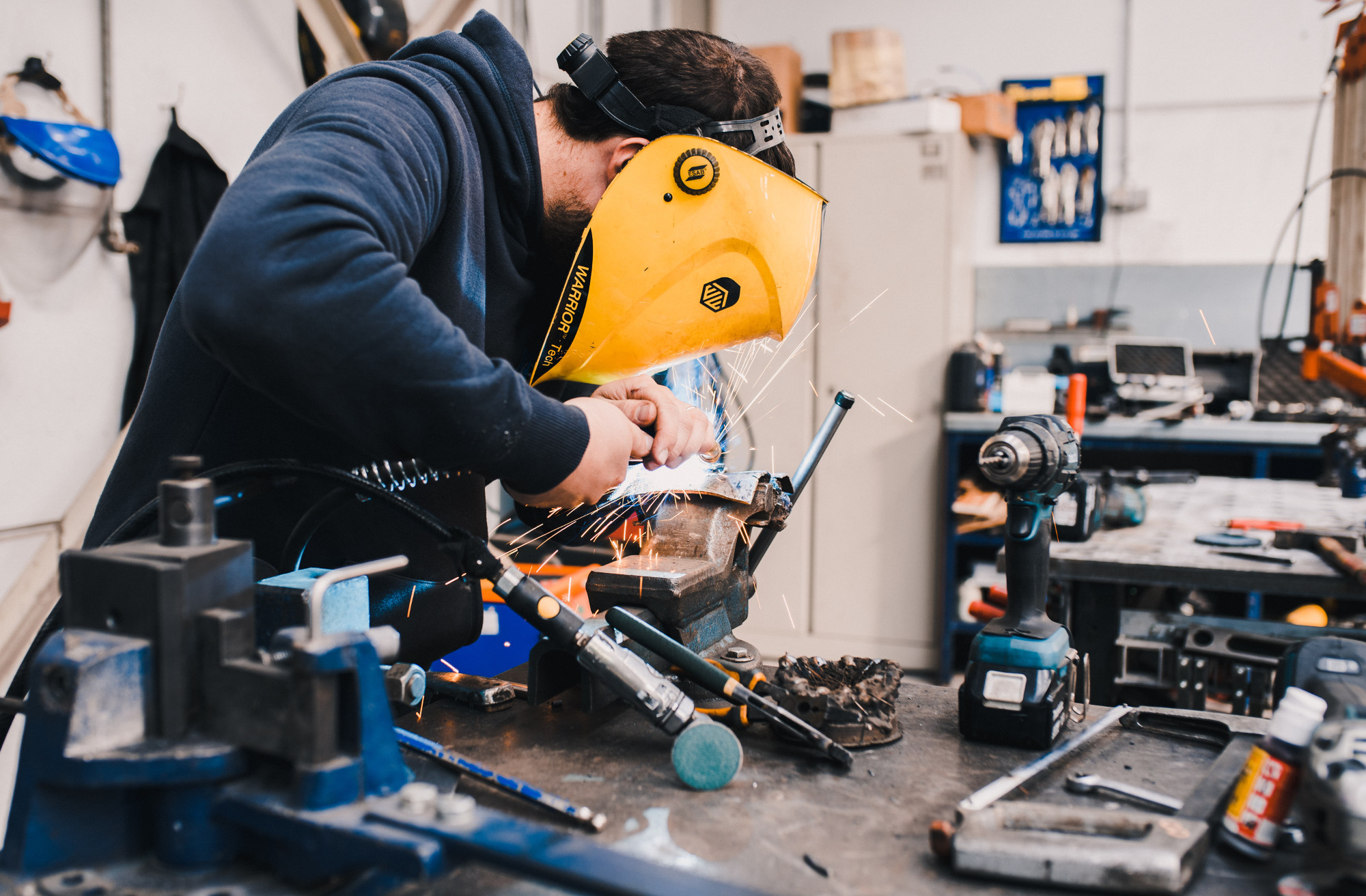
4. Calculate each of the components of the OEE indicator!
The TPM methodology gives us clear lean tools for calculating machine efficiency. The most difficult task is to collect data, which most often cannot be obtained from automatic sensors. Observation is key. Once we calculate the three components of OEE, we multiply them together and then multiply the sum with 100%, which determines the overall equipment efficiency.
- Availability
How was the time spent on production used? That’s the question this indicator answers. We include any unscheduled downtime – but we do not include scheduled maintenance or interruptions.
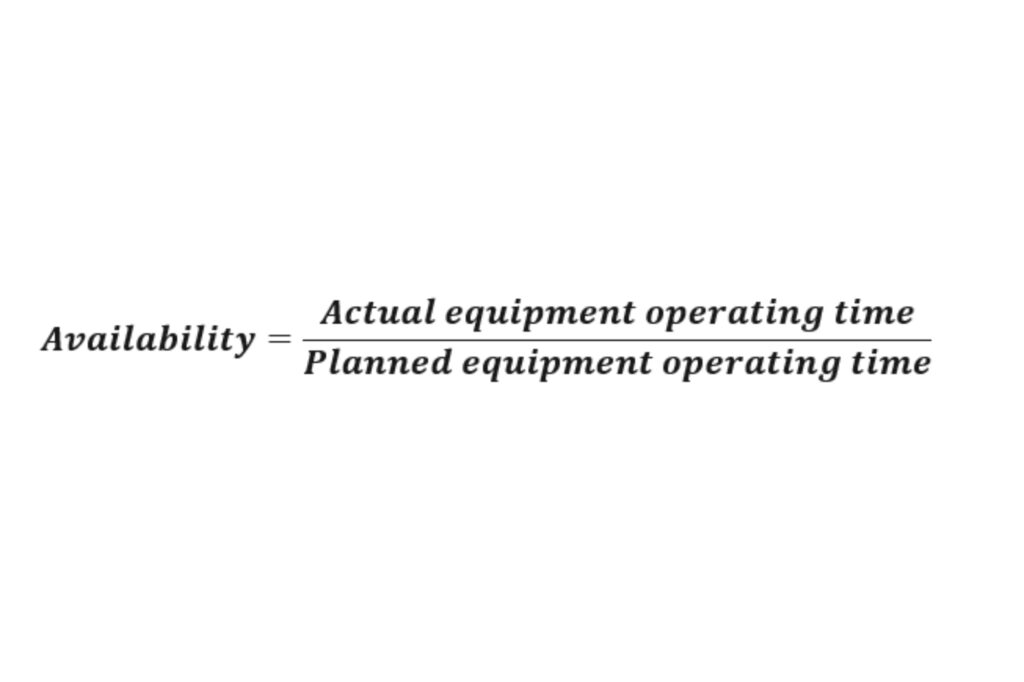
- Performance
How fast is the manufacturing process? Are the cycles prolonged? To calculate this indicator, we use the time specified to complete a given cycle and the number of pieces produced – including those that do not meet quality criteria.
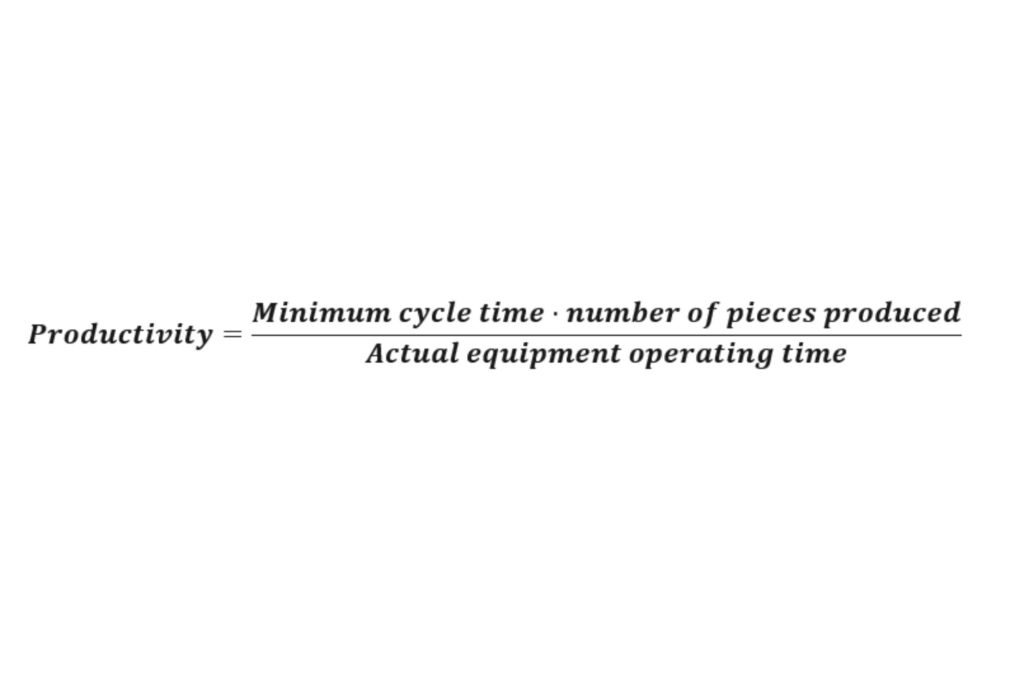
- Quality
To what extent does the equipment deliver products in line with quality expectations? In calculating the value of this indicator, we take into account technological waste and shortages.

Final formula for calculating OEE:
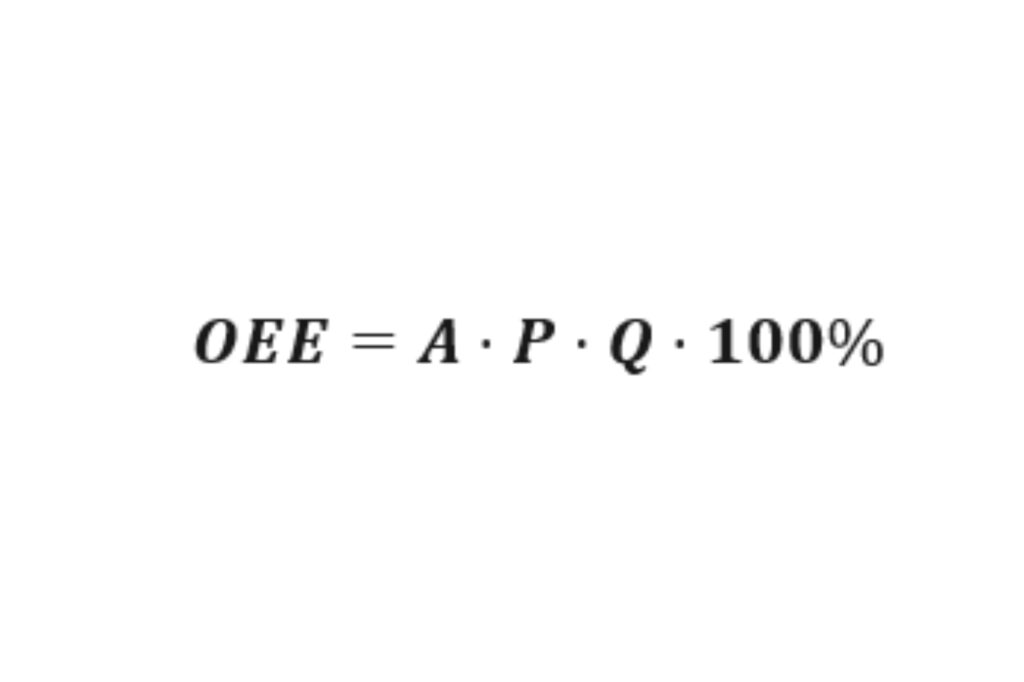
5. Summary
While an ideal situation doesn’t exist and production lines can’t be in constant motion, we have the tools to improve their efficiency. Find out how your company can benefit by determining the state of efficiency today and setting goals for the near future.

